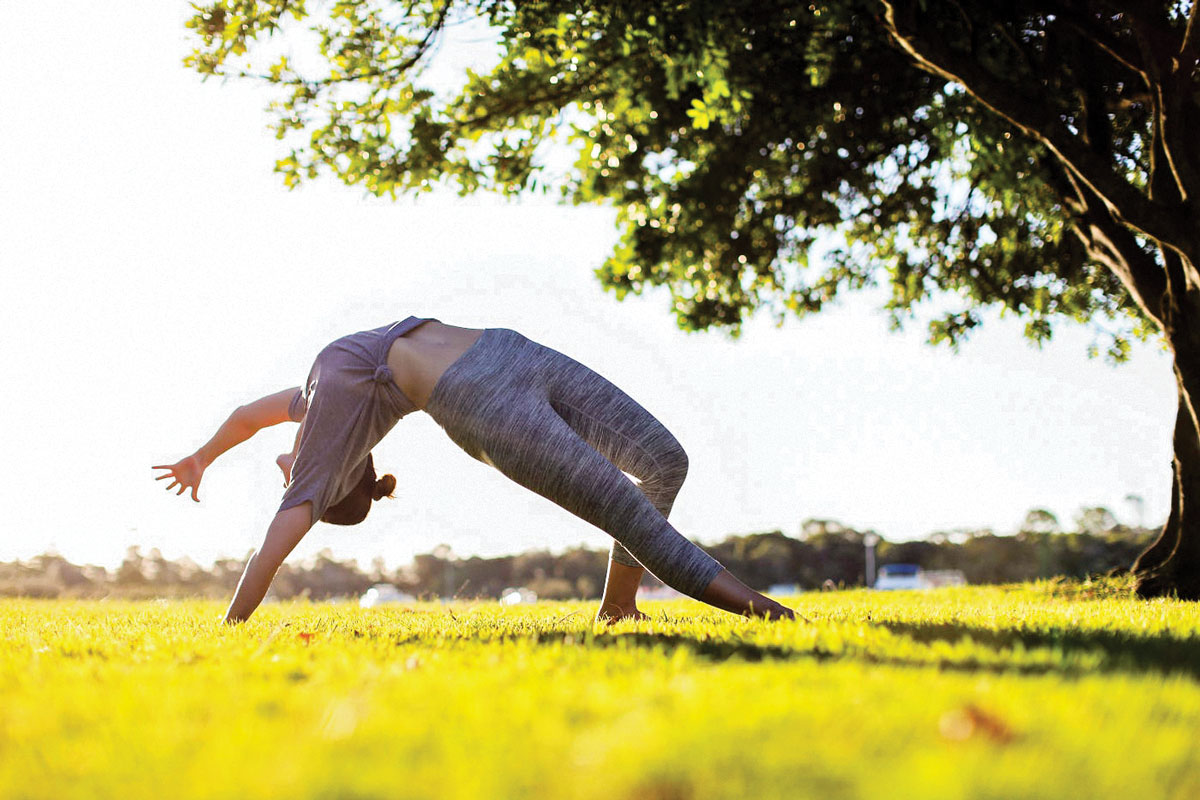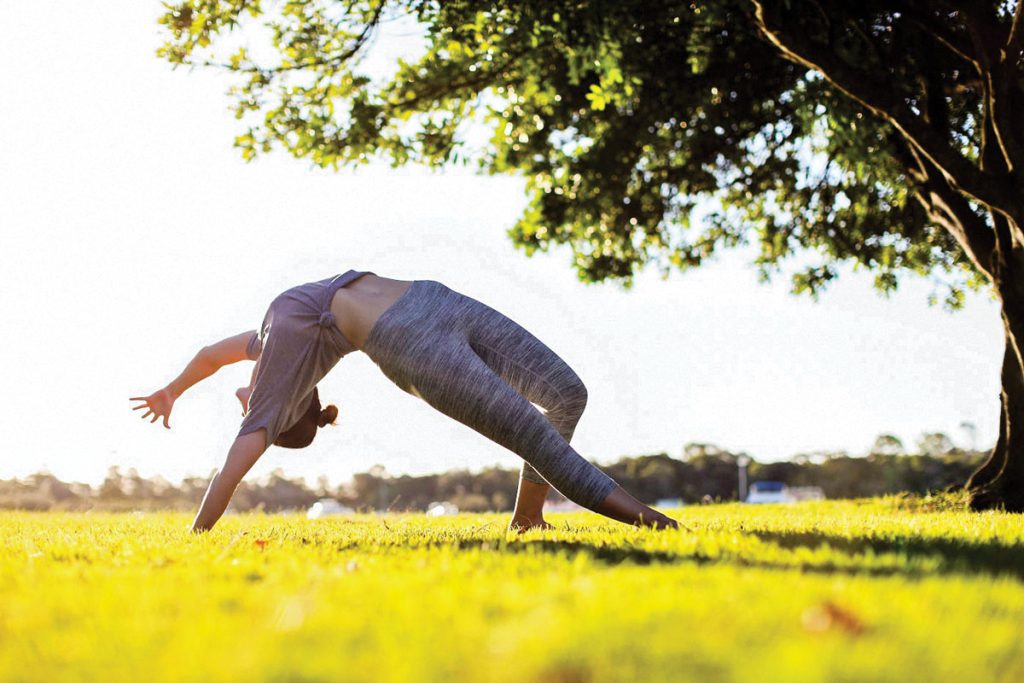
Preservation begins with proper preparation. The principle is to live young as long as possible. Internally, there can be a 20-year difference between our chronological age and our chromosomes. For example, a 40-year-old could be 60 or 20 within himself or herself. Inherited genes and a gainful lifescape make the vital all-important difference.
Aerobics, stretch and resistance (strength training) form a biological bilateral triangle. Look and work on these angles. And the curves should follow suit. The base of this triangle is aerobics, of course. Flexibility and strength training are the vertical lines that meet at the apex of the triangle. Maintain the bilateral triangle as long as you possibly can.
The West largely continues its calorie-binges that carry the individual to obesity — their dried-up fountain of youth is buried under a load of fat. There is not even a semblance of ‘under a fat man, there lies a thin man struggling to get out.’ Yet, there is a way out. The bilateral triangle will shrink as we approach old age. But by constantly balancing the bilateral triangle, we can make this stage of our journey more comfortable. And hopefully, painless.
No suryanamaskars
If you have never exercised before, you can begin with free-hand movements that follow our instructions. And employ your body weight to develop and strengthen your muscles. Push-ups and pull-ups are a great way to begin. Warning: No suryanamaskars, though. They work out well for those that began in their childhood and continue the practice up to now. Suryanamaskars stretch and strain the spine and could seriously injure it. Vertical push-ups are better. Place yourself vertically against a door frame — feet apart and aligned to your shoulders. Stretch your arms. Place your hands at shoulder-level. Now, inhale as you push into the empty door space. Exhale as you revert to the vertical position. Vertical or horizontal, do five push-ups daily. They are a complete torso (upper body) exercise and you can continue with them even after you begin to exercise with dumbbells.
Here are some simple exercises that you can practice daily to keep you fit
Stand erect and rotate your head from left to right. Repeat 10 times. Likewise rotate from right to left. Move your head left in line with your left shoulder. Then turn head to align with right shoulder. Repeat both 10 times.
Benefit: Strengthening the neck’s spinal cord connection to your head. You may hear the snap while in action.
- One: Raise your head and look at the ceiling. Stretch your mouth wide open and then shut 10 times.
Benefit: Strengthens and flexes mouth and neck. The single best way to prevent or attack the double chin.
- Suck in your stomach to prevent a protruding abdomen.
Sit-ups
1) Lie on your back, knees bent, feet and knees parallel to the floor 12 inches apart. Place hands behind your head, elbows to the sides. Lift your head and upper back as high as you can. Lift your body with your stomach muscles.
2) Lower your upper body without touching the floor. Repeat (rep) 20 times.
3) While on the floor, raise both legs at a 10 degree-position from floor. Hold for 30 seconds. Work towards a one-minute hold. Rep: one
4) Now, raise both legs at 45 degrees. Work from 30 seconds towards a one-minute freeze. Rep: one
Benefit: Sit-ups (or crunches) work out muscles of the upper abdomen. While the timed ones exercise the lower abdomen.
Now, one last exercise to strengthen the lower spine and back muscles:
5) Lie down on the floor and lift your right leg to around 60–75 degrees. Your lower back should feel the stretch. Lower. Now, lift the left leg. Lower. Hold each leg up for 30 seconds to a minute.
Benefit: This helps prevent lower back pain. You can do it even with a slight back pain — for relief.
Fine-tune before weight training
Breathing is tuned and timed by effort/exercise. Flow with nature. Inhale before and during the exercise itself. And exhale after you finish. This start-to-finish cycle counts as one repetition (rep). Target for each exercise: 20 reps.
The measure of weights that you could use are relative to your fitness level, age and gender. In general, we’d say, two 10-pound dumbbells for men. And 5-pound dumbbells for women.
Stand with feet at shoulder-width. Hold position briefly after each rep to ensure you’re moving on muscle strength, not momentum.
- Chest and shoulders: a) Place dumbbells by your side, palms facing sides. b) Then raise them to shoulder height, arms stretched in front. c) Stretch arms outwards to hold them at shoulder level parallel to floor. Come back to b position. Slowly return to start — Do 20 reps.
- Raise dumbbells sideways vertically over your head. Slowly, return to start. Pause briefly before the next rep. Do 20 reps.
- From the start position of dumbbell facing thigh, lift left dumbbell forward overhead. Slowly return to start. Do 20 reps. Repeat exercise with right hand. Do 20 reps.
Benefit: Improved posture and ‘body language’ to go with enhanced muscles in the upper torso — chest, shoulders, upper back.
- Use lighter weights. Extend arms forward to chest-level. Keeping arms outstretched, rotate dumbbells in small circles right over left 50 times. Then, left over right 50 times.
This exercise originates from boxing, like punching the speed bag.
Benefit: Strengthens the arms and wrists, in particular.
Weight training with these light weights will not make your muscles bulge. They will enhance the definition (cuts) of the muscle while strengthening it.
Optional add-on: Music adds rhythm to your exercise programme.
Maintain your life through exercise. It is a ‘heritage’ for yourself.
The writers are authors of Fitness for Life and Simply Spiritual – You Are Naturally Divine and teachers of the Fitness for Life programme






